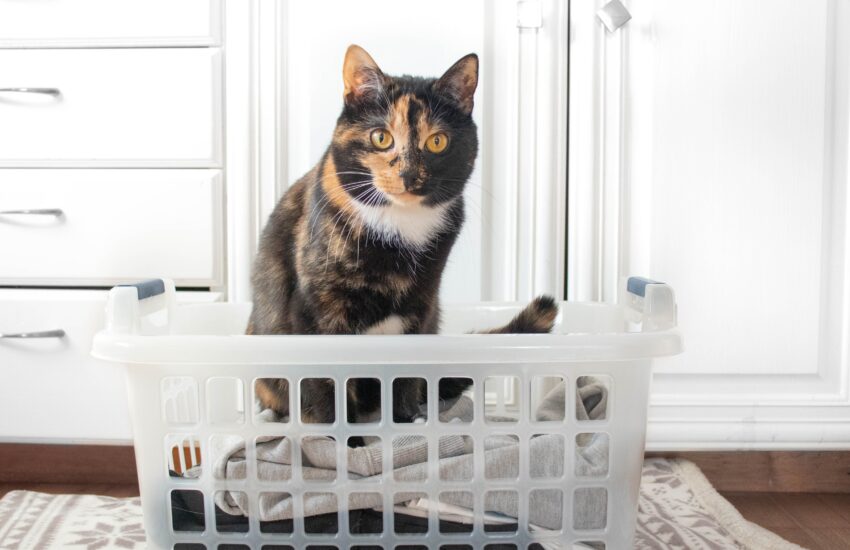Top Hamster Breeds for Compact Living Spaces
When it comes to choosing a pet for compact living spaces, hamsters are often a top contender. Their small size, coupled with their generally simple care needs, makes them ideal companions for those living in apartments or smaller homes. In this article, we’ll explore some of the best hamster breeds suited for compact living, their care requirements, and what makes them a great choice for limited spaces.
Understanding Hamster Breeds
There are several hamster breeds, each with its own unique characteristics and needs. Understanding these differences is vital for selecting the right hamster, especially when space is a limitation. Some breeds tend to be more social and require more interaction, while others might prefer solitude, which can impact your choice based on your living conditions.
Popular Hamster Breeds for Small Spaces
When considering the best **hamster breeds for small spaces**, three types stand out: the Syrian hamster, Campbell’s dwarf hamster, and the Roborovski hamster. The **Syrian hamster**, for instance, is a larger breed, but its cage can be efficiently designed to fit in tight areas. Meanwhile, the Campbell’s dwarf and Roborovski breed are notably smaller, making them easier to accommodate within limited square footage. Their smaller cages not only save space but are generally easier to maintain in compact environments.

Choosing the Right Cage
The **cage size** is as crucial as the breed selection. When housing hamsters, a minimum of 24” x 12” floor space is often recommended for smaller breeds, while Syrian hamsters may benefit from larger enclosures that have multiple levels to maximize vertical space. Look for cages that allow for good **ventilation** and include helpful accessories like tunnels and hammocks to stimulate your pet while also saving on ground space.
Caring for Your Compact-Space Hamster
Caring for a hamster in a compact living space requires thoughtful planning to meet their needs without compromising your available space. It’s significant to set a routine for exercise and social interaction, which occurs outside their cage. Additionally, providing a comfortable and enriching environment will help your hamster minimize stress and maintain good health.
Feeding and Nutrition
Proper **nutrition** is central to a hamster’s health. High-quality hamster pellets, supplemented with fresh vegetables and occasional treats, should fill their diet. Be mindful of portion sizes, as smaller cages can lead to leftover food attracting unwanted pests. Always provide fresh water daily, preferably in a sipper bottle to keep your environment tidy.
Regular Health Checks
Even within smaller environments, regular health checks are essential. Look for signs of **stress or illness**, such as changes in food intake or activity levels. Because they’re naturally solitary animals, watch for signs of loneliness or anxiety, as this can lead to behavioral issues. Consulting with a veterinarian experienced in exotic pets can greatly enhance your pet’s well-being.

Creating an Enrichment Environment
Even in compact living spaces, keeping your hamster physically and intellectually stimulated is critical. Incorporate various toys, tunnels, and chewables within their cage. Rotating these items frequently can keep their environment fresh and interesting. A small **exercise wheel** can also be a beneficial addition, giving your pet a chance to engage in physical activity without needing a lot of room.
Accessible Interaction
Make time to interact with your hamster daily. Although hamsters are typically more active at night, they can adapt to their owners’ schedules. Gentle handling can help socialize them and reduce stress. For **dwarf hamsters**, a common error is housing them together. Always provide separate enclosures unless specific breeds, like Campbell’s dwarf hamsters, are thoroughly checked for compatibility.
Final Preparations Before Getting a Hamster
Before bringing a hamster home, gather all the necessary supplies including a habitat, bedding, food, and toys. Familiarize yourself with **local regulations** regarding pet ownership, particularly in apartments or rental properties, as some communities may have specific restrictions on pet types or sizes. This preparation fosters a conducive environment for your new fluffy family member.

Key Takeaways
- Consider breeds like Syrian, Campbell’s dwarf, and Roborovski hamsters for compact living
- Ensure cages are appropriately sized and stimulating for a hamster’s wellbeing
- Maintain proper nutrition and regular health checks
- Provide enrichment through interactive toys and handling to reduce stress
- Get familiar with local pet regulations to avoid potential issues
FAQ
1. What is the best hamster breed for small apartments?
The **Roborovski hamster** is often considered one of the best breeds for small apartments due to its small size and tendency to enjoy quieter activities. Its friendly nature makes it suitable for families while needing minimal space to thrive.
2. How much space do hamsters need in their cages?
While the exact **space requirement** can vary by breed, it’s generally advised that dwarf hamsters should have at least 24” x 12”, and larger Syrian hamsters should have spacious cages, ideally double that size to allow them to roam comfortably.
3. Can hamsters live together in small spaces?
Hamsters are territorial by nature and typically do not cohabitate well unless they’re specific breeds like Campbell’s dwarf hamsters that can sometimes coexist. Always monitor their behavior closely to prevent aggression.
4. What type of bedding is best for hamsters?
Opt for **soft, absorbent bedding** that is safe for hamsters, such as aspen shavings or paper-based products. Avoid cedar or pine shavings as they may contain oils harmful to hamsters.
5. How much interaction do hamsters need daily?
Hamsters thrive on interaction with their owners. Plan for at least 15-30 minutes of handling or playtime each day, being mindful of their active periods—usually at night. This helps them bond with you and is beneficial for their mental health.
